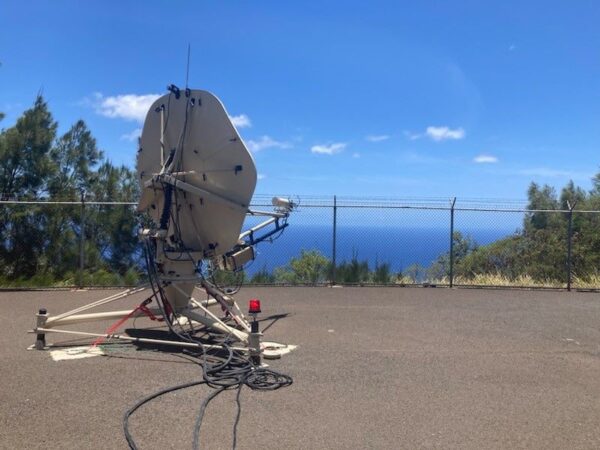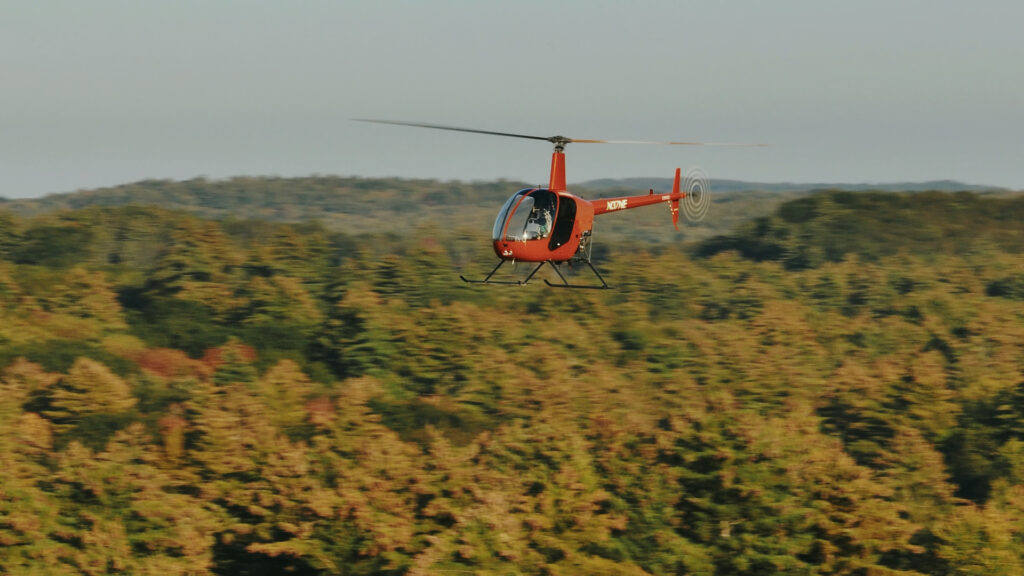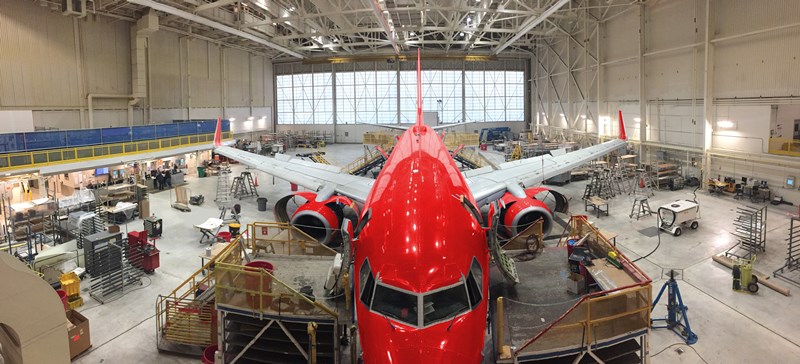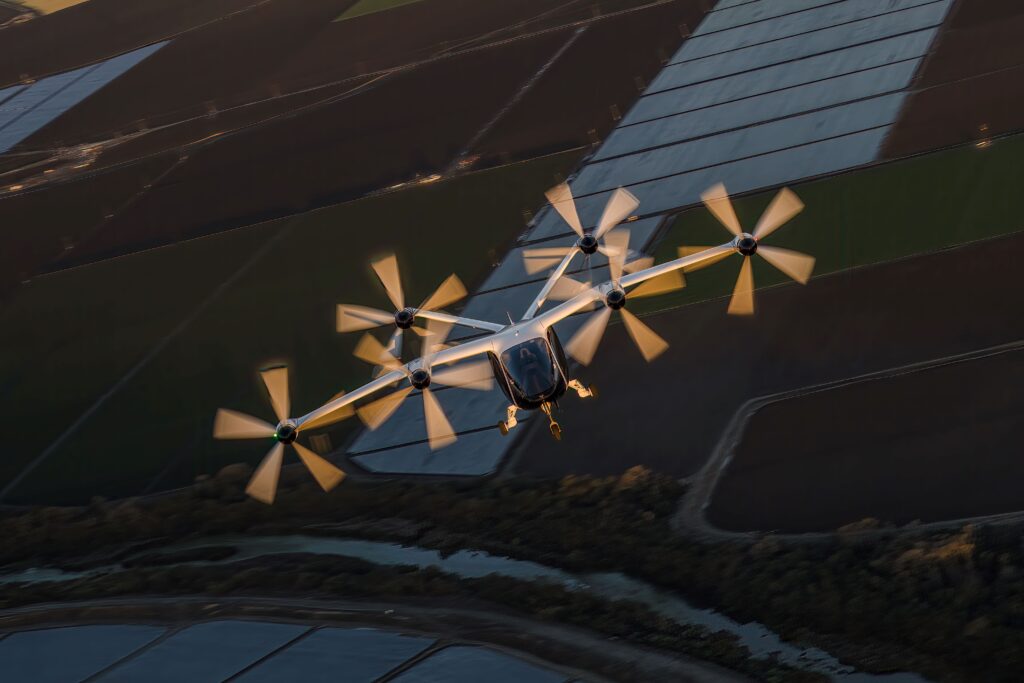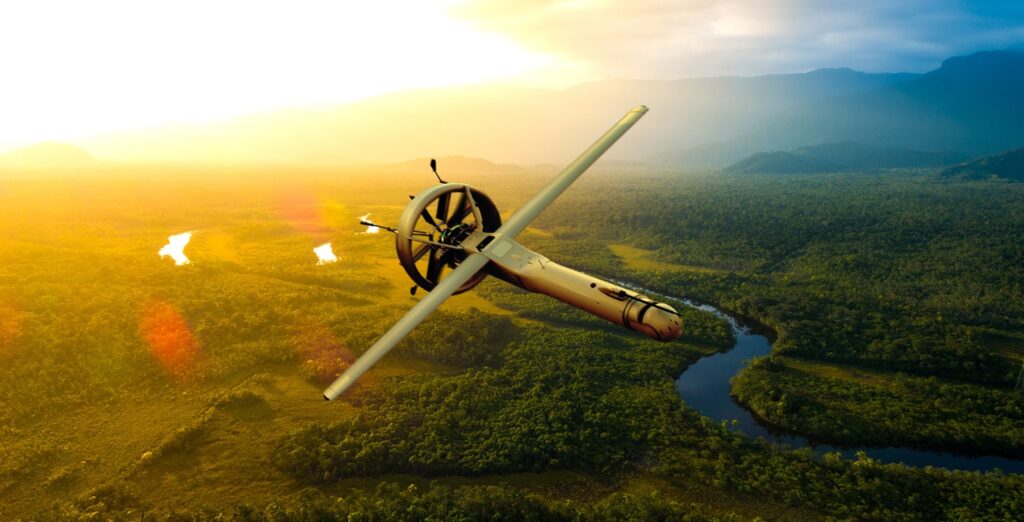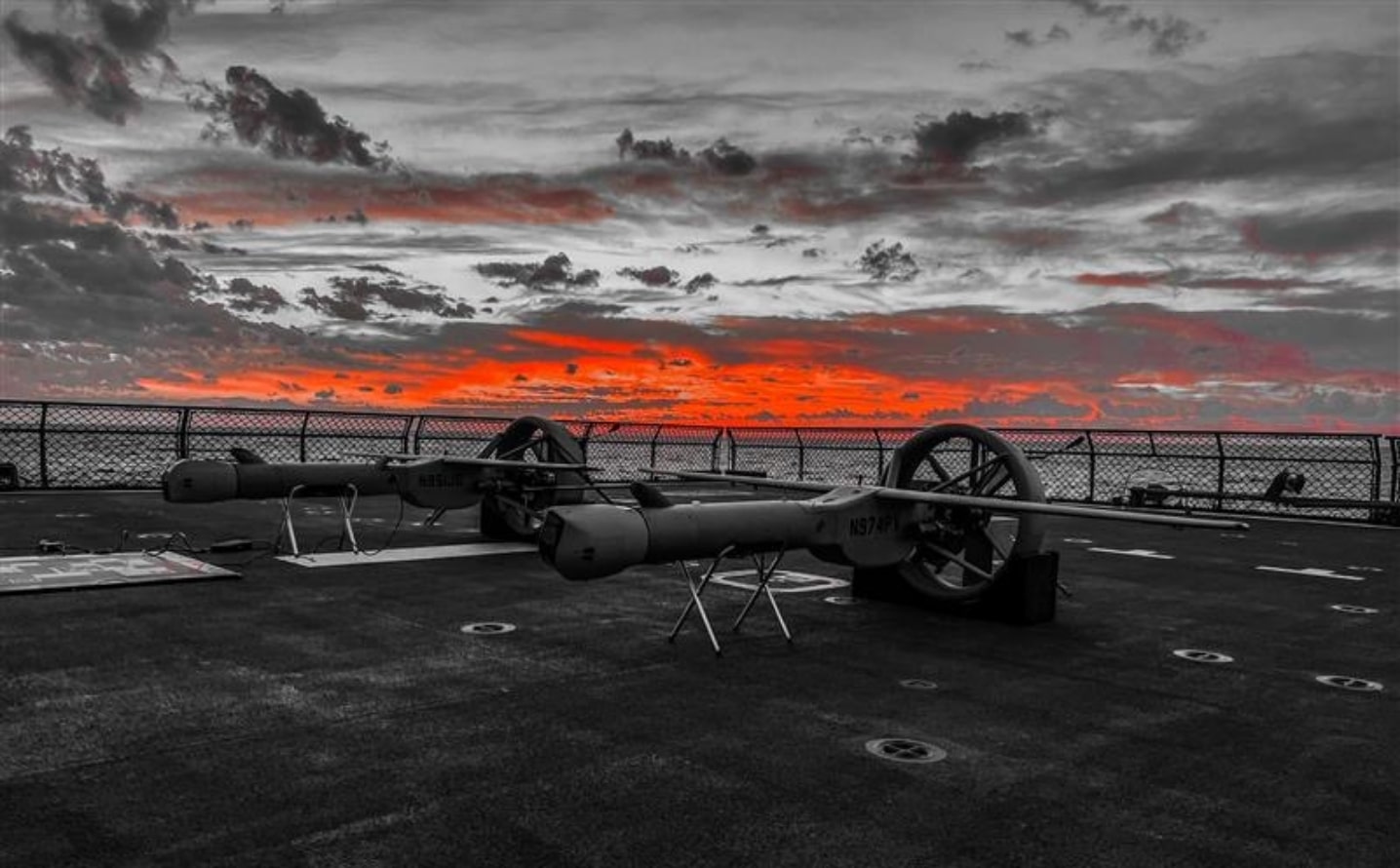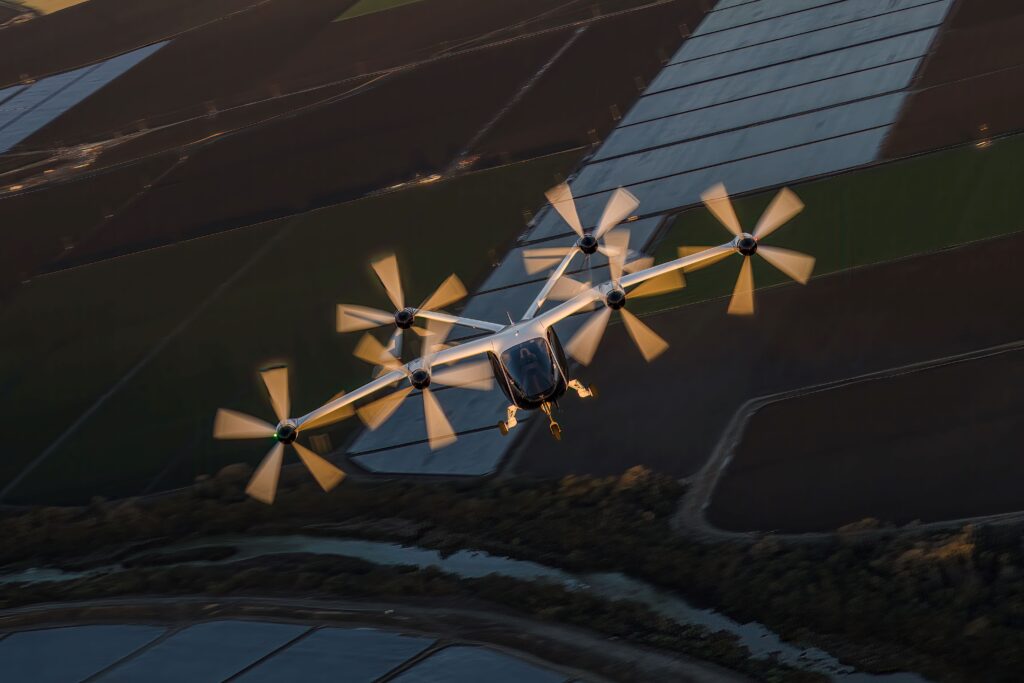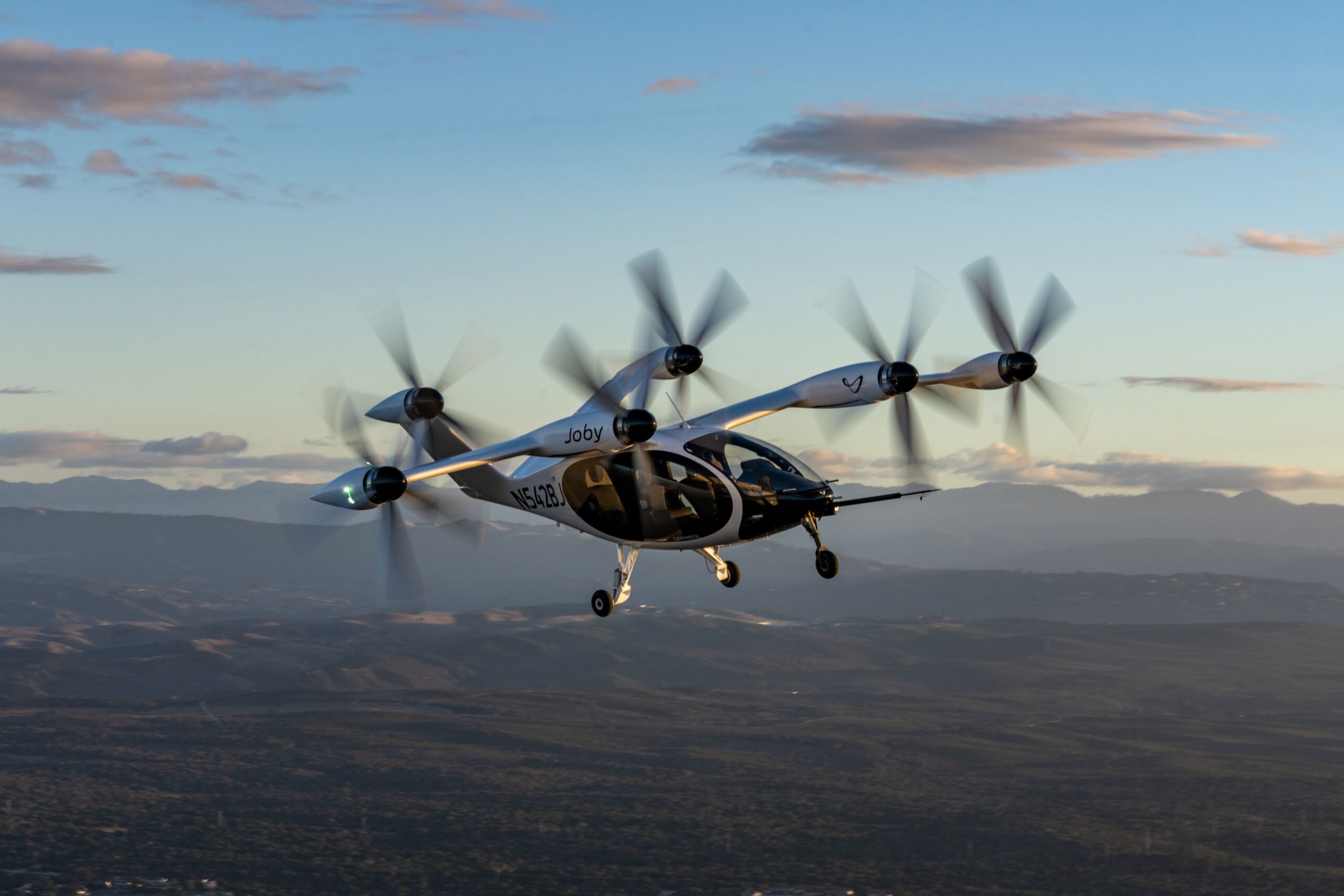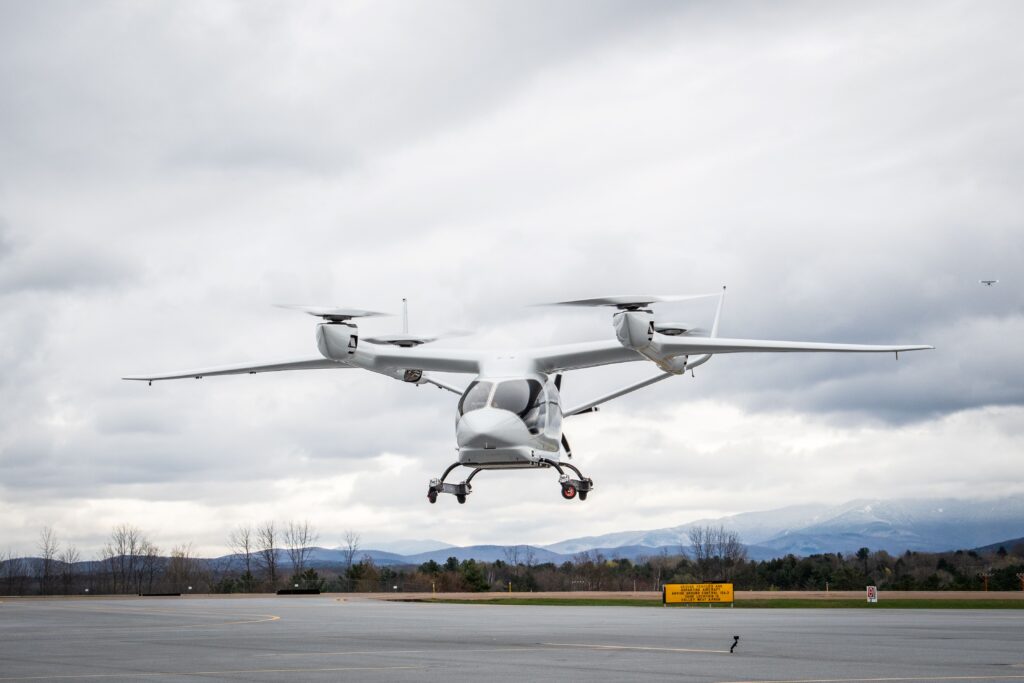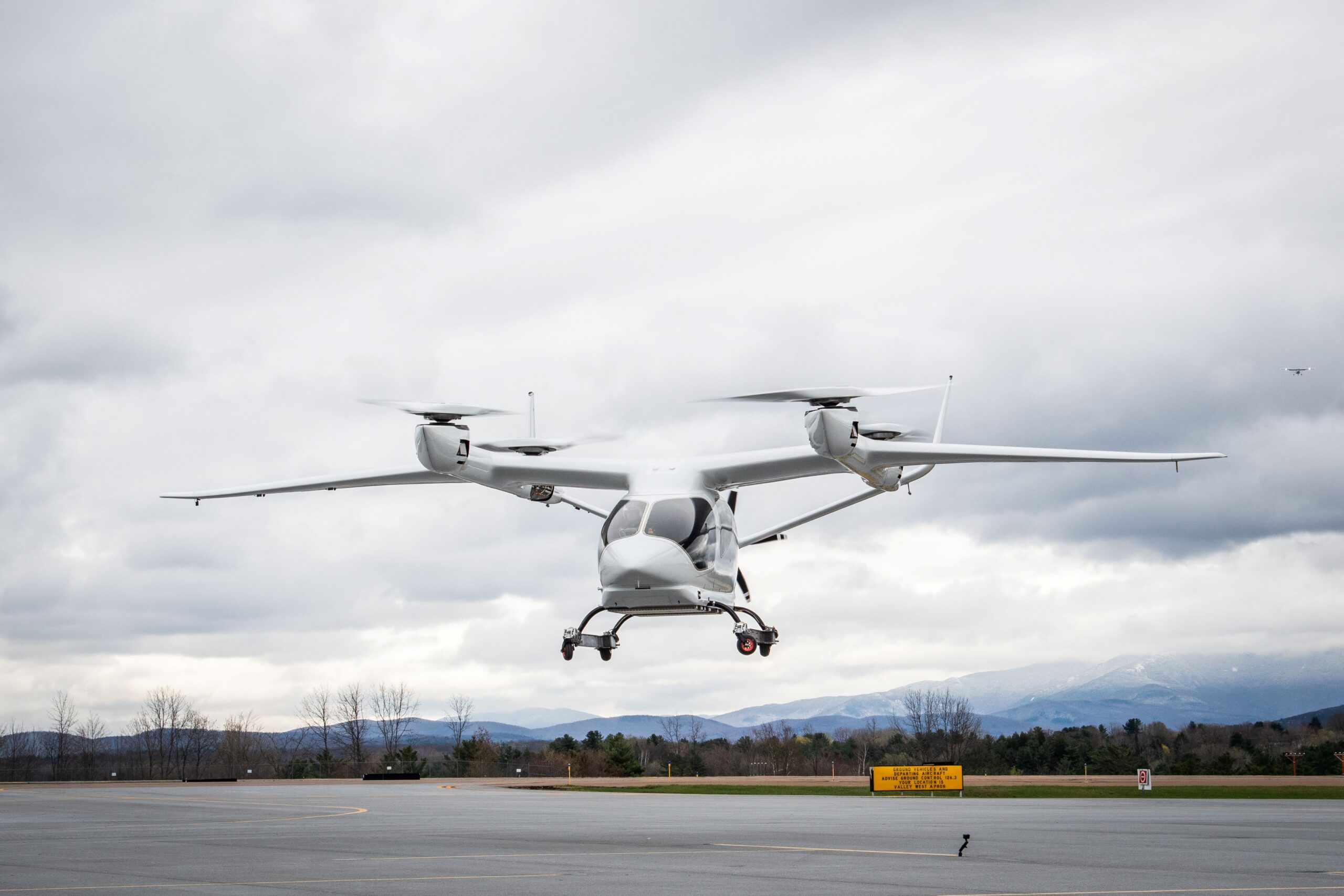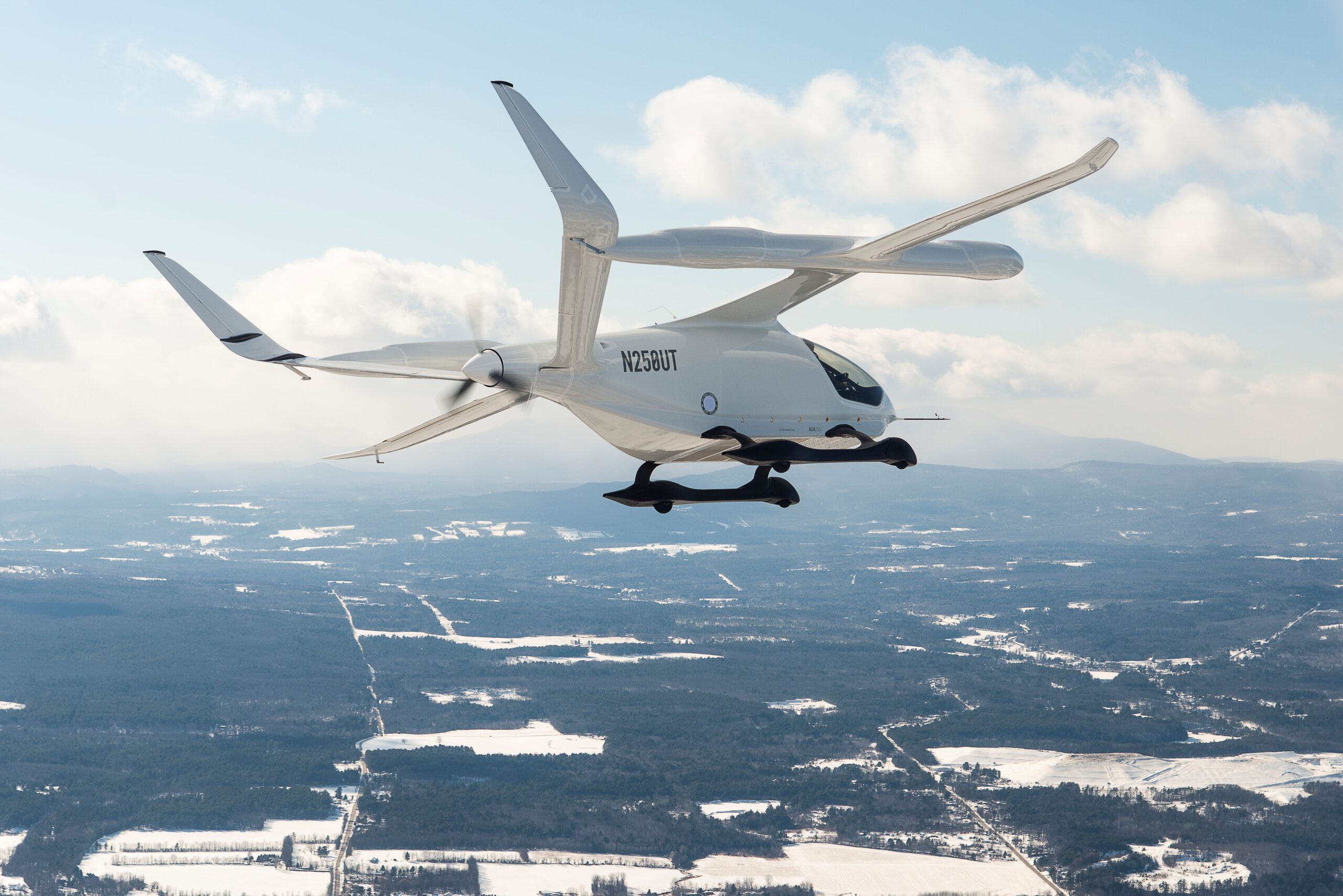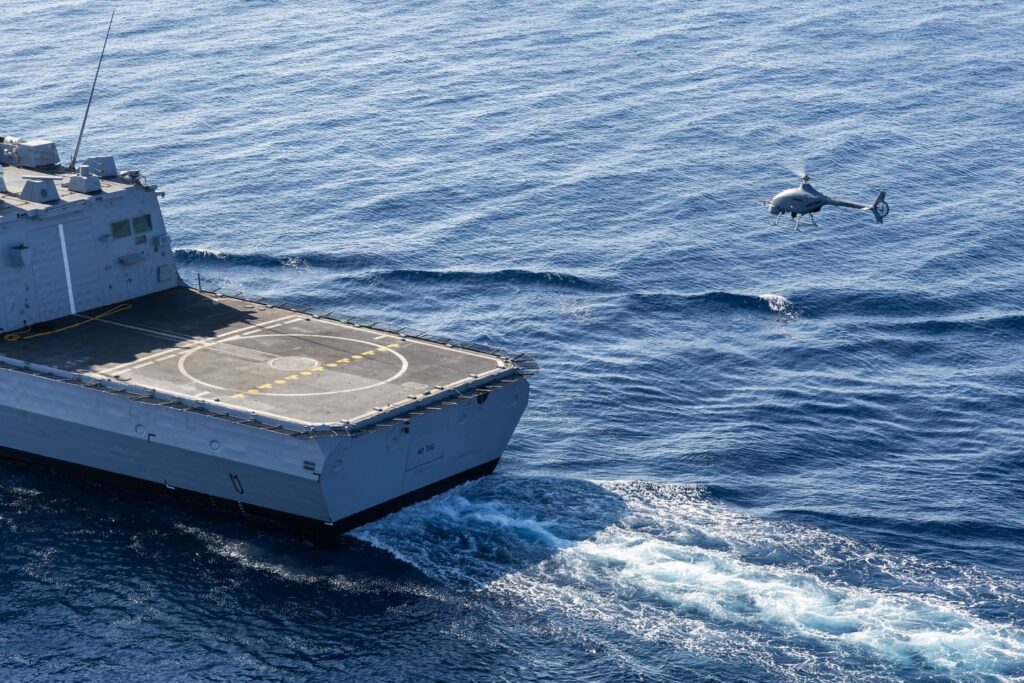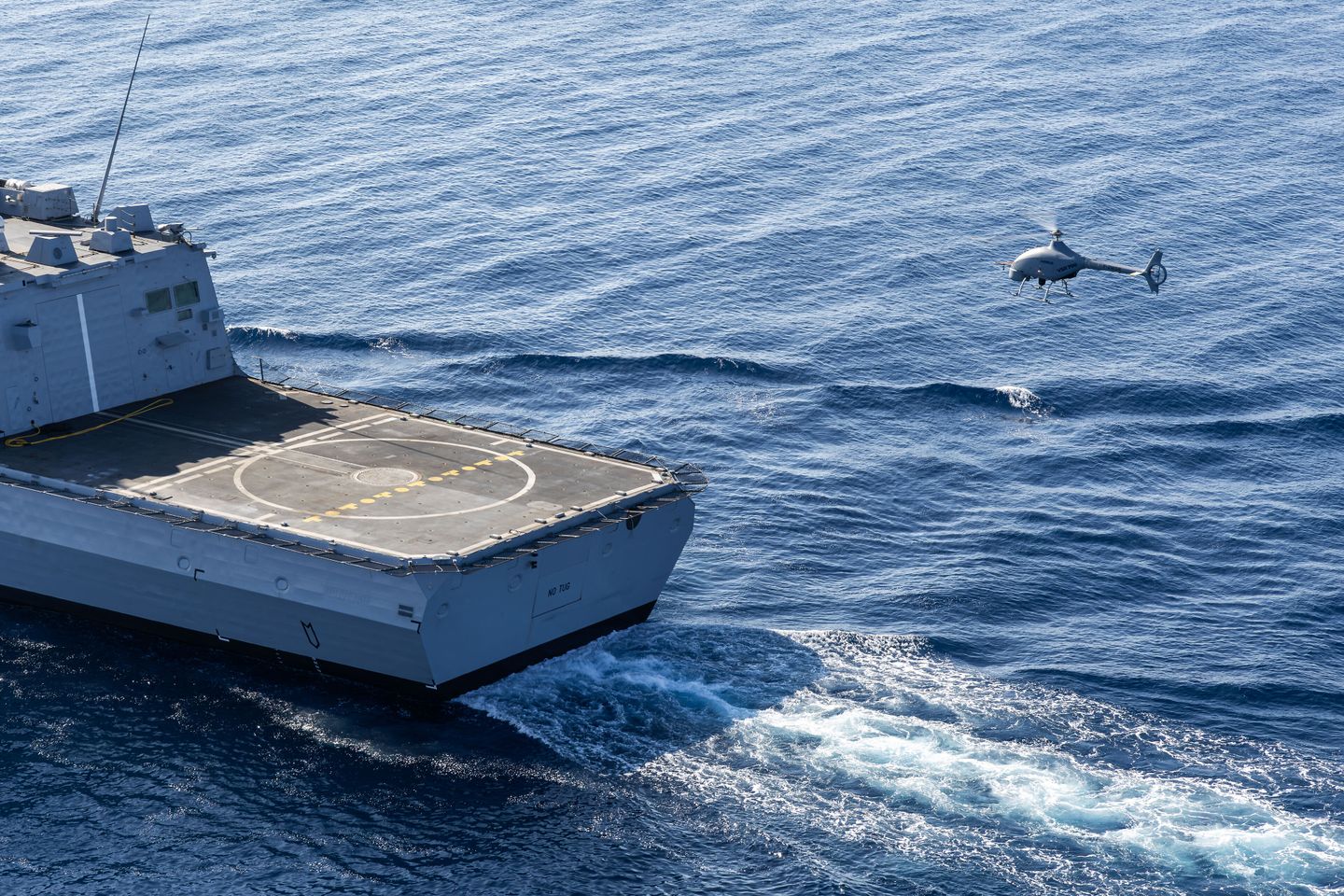Joby, Volocopter perform demonstration flights in NYC, which seeks to electrify its downtown heliport
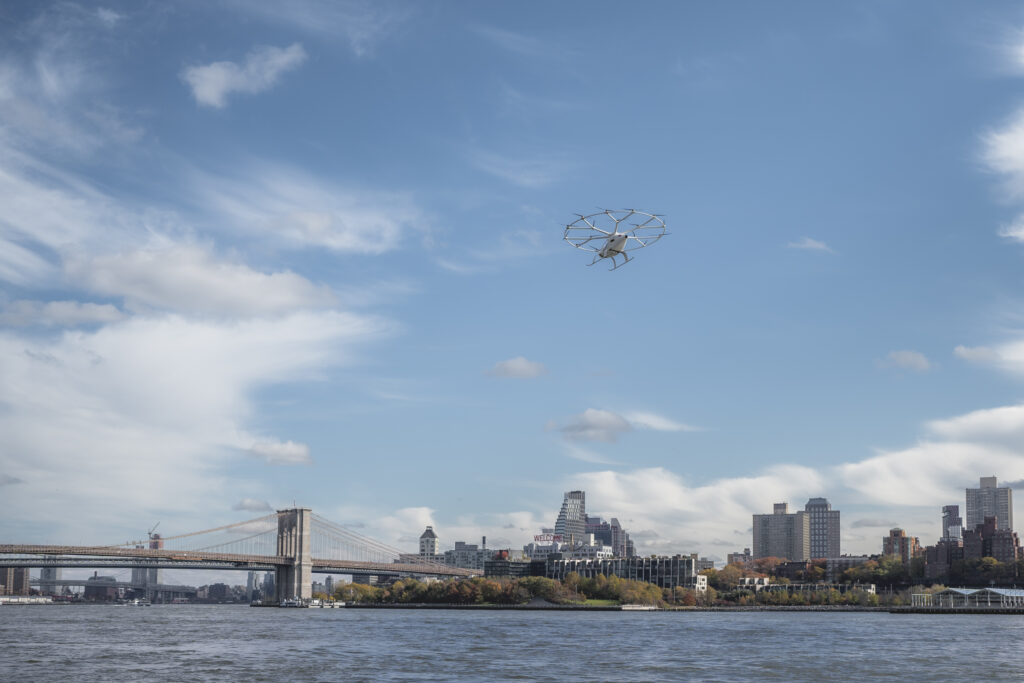
Electric vertical-takeoff-and-landing aircraft developers Joby Aviation and Volocopter performed exhibition flights in New York City on Nov. 13 at the Downtown Manhattan Heliport (DMH) as part of an announcement by the city of its intention to electrify the facility.
Joby flew its aircraft first with a pilot on board for roughly six minutes. The company flew its pre-production prototype, a previous generation of the aircraft it delivered to Edwards Air Force Base in California as part of a contract with the US Air Force (USAF), Joby spokesman Brian Garrett-Glaser said on Nov. 13. The aircraft delivered to Edwards, he said, is a production prototype because it came off an assembly line.
Joby also flew its aircraft in New York on Nov. 12, marking the first eVTOL flight in the city and the first time Joby has flown in an urban setting. Joby’s Nov. 13 flight was proceeded by several days of preparation flights at the HHI Heliport in Kearny, New Jersey, according to a company statement. Garrett-Glaser declined to say how long the aircraft flew during these preparation flights.
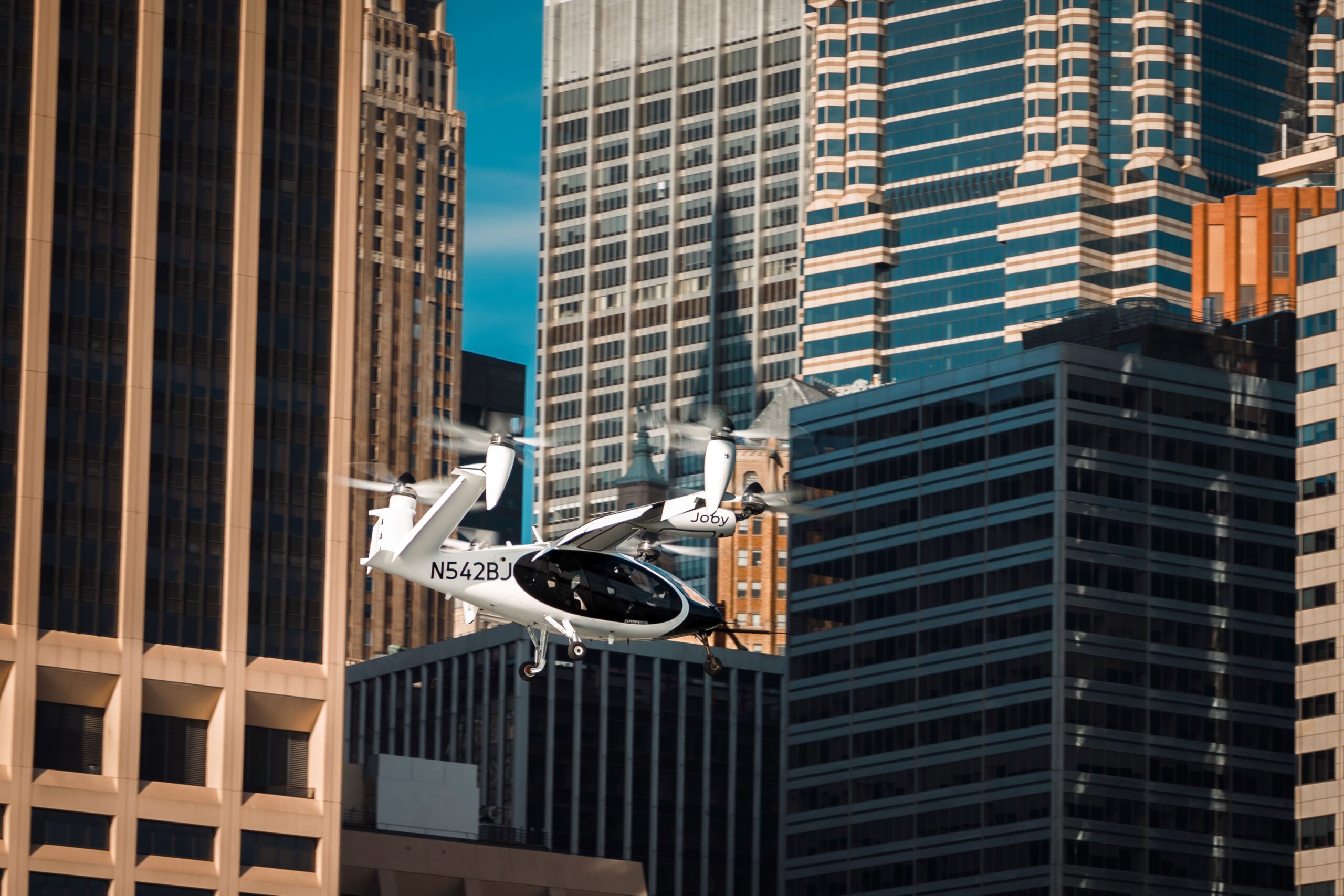
Joby’s preproduction prototype eVTOL flies over New York City on Nov. 13. Joby photo
JoeBen Bevirt, Joby founder and CEO, said during a Nov. 13 presentation that the company is nearing the conclusion of the third stage of its U.S. Federal Aviation Administration (FAA) certification process. Joby, he said, is deep into testing each of the aircraft’s components and systems so it can prove out the full type certification.
Volocopter followed with its Volocopter 2X, flying for nearly 5 and a half minutes with a pilot onboard. The Volocopter 2X also flew on Nov. 12 for under five minutes, company spokesperson Akiko Itoga said on Nov. 13, marking its first flight in the city.
Christian Bauer, Volocopter managing director and chief financial and commercial officer, said at the Nov. 13 presentation that the company wants to enter commercial service in the U.S. in 2025. Volocopter, he said, will be first certified in Europe and then in the U.S.
Itoga said the VoloCity aircraft is in the late stages of European Union Aviation Safety Agency (EASA) audits and flight testing. The Volocopter 2X is a German ultralight, Itoga said, a size smaller than the VoloCity but with fundamentally the same design architecture: 18 rotors/motors and nine swappable lithium-ion batteries.
Beta Technologies was also represented at the presentation, though it did not fly an aircraft. The company had its four-foot-tall Charge Cube on display. The Charge Cube’s continuous 350-kilowatt power output will charge the company’s Alia aircraft in 50 minutes.
The New York City Economic Development Corporation (NYC EDC) on Nov. 10 issued a request for proposals (RFP) seeking an operator of the Downtown Manhattan Heliport, a public-use heliport comprising roughly 80,000 square feet along the East River waterfront. The city anticipates entering into an agreement with a winning bidder around the second quarter of 2024 for one five-year term with a five-year conditional option to renew and two additional five-year options to renew at the city’s discretion.
New York seeks proposals that support aerial use of the site, including, but not limited to, eVTOL aircraft and helicopters. It also wants proposals that will invest, install and activate the necessary support infrastructure to facilitate eVTOL use. The operator will be required to complete the build-out and activation of the necessary eVTOL infrastructure within the initial five-year term.
The city’s EDC anticipates the FAA certifying certain eVTOL aircraft as early as 2024. Proposals are due Jan. 12.
—————
Boost Internet Speed–
Free Business Hosting–
Free Email Account–
Dropcatch–
Free Secure Email–
Secure Email–
Cheap VOIP Calls–
Free Hosting–
Boost Inflight Wifi–
Premium Domains–
Free Domains






